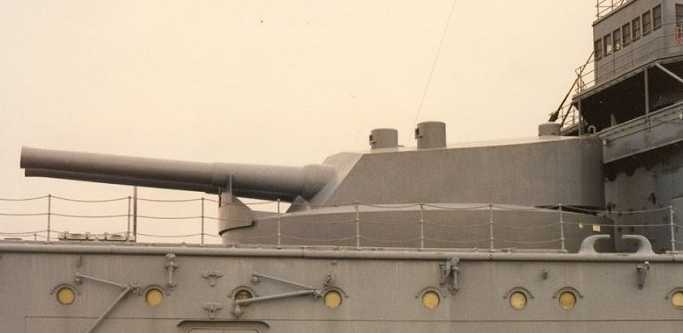
These guns and mountings were Armstrong designs and were similar to British designs of the early 1900s such as the 12"/45 (30.5 cm) Mark X with small changes. The pre-dreadnoughts Kashima and Katori, both built at Elswick, used guns built by Armstrong. Later pre-dreadnoughts were built in Japan and were armed with both Armstrong and Japanese-built guns. These were the first large-caliber weapons manufactured in Japan.
When the Japanese pre-dreadnoughts Satsuma and Aki were laid down in 1905, they were intended to be the first "all big-gun" battleships in the world, predating the famous HMS Dreadnought. However, the cost of the Russo-Japanese War nearly ruined Japan, so these ships were completed with only four 12"/45 (30.5 cm) guns and the amidships guns were reduced in size to 10"/45 (25.4 cm) as a cost saving measure.
Similarly, the later Kawachi class had a mixed battery of these 12"/45 (30.5 cm) guns in four amidships turrets but 12"/50 (30.5 cm) guns in the end turrets. This was because an improved financial situation allowed Japan to buy a limited number of higher-performance weapons. The improved financial situation also allowed the Japanese to replace the 12"/40 (30.5 cm) guns on Mikasa with the more powerful 12"/45 (30.5 cm).
Most of the ships carrying these weapons were scrapped following the signing of the Washington Naval Limitation Treaty. Turrets and guns from Katori, Ikoma and Kurama were then used as coastal artillery to defend Tokyo Bay.
Redesignated as 41st Year Type on 25 December 1908. Redesignated in centimeters on 5 October 1917.
| Designation | 12"/45 (30.5 cm) Armstrong
12"/45 (30.5 cm) 41st Year Type (Model 1908) 30 cm/45 (12") 41st Year Type (Model 1908) Official Designation: 45 caliber 41st Year Type 30 cm Gun |
|---|---|
| Ship Class Used On 1 | Katori, Tsukuba, Satsuma and Kurama Classes
Satsuma and Kawachi Classes Mikasa as rebuilt 2 |
| Date Of Design | about 1904 |
| Date In Service | 1908 |
| Gun Weight | 60 tons (60.2 mt) |
| Gun Length oa | N/A |
| Bore Length | about 540.0 in (13.716 m) |
| Rifling Length | N/A |
| Grooves | (72) N/A |
| Lands | N/A |
| Twist | Uniform RH 1 in 28 |
| Chamber Volume 3 | N/A |
| Rate Of Fire | about 2 rounds per minute 4 |
- ^During repairs after being captured by the Japanese, ex-Retvizan now Hizen, ex-Peresvet now Sagami, ex-Orel now Iwami and ex-Pobieda now Suo were rearmed with Japanese 12"/45 (30.5 cm) Armstrong guns. The secondaries on all ships were replaced with 6"/45 (15.2 cm) and 3"/40 (7.62 cm) Armstrong guns.
- ^Mikasa sank at anchor the night of 11/12 November 1905 following ammunition and torpedo explosions. She was raised during the summer of 1906. An inspection determined that her guns had been ruined by their long immersion in salt water and needed to be replaced. Mikasa was repaired over the next two years and her 12"/40 (30.5 cm) guns were replaced with the more powerful 12"/45 (30.5 cm). She was recommissioned in August 1908.
- ^Some of these guns had smaller chambers and powder charges, but apparently retained the same muzzle velocity and range tables.
- ^The post-war US survey of Japanese Seacoast Artillery states that these guns fired 2 rounds per gun per minute.
| Type | Bag |
|---|---|
| Projectile Types and Weights 1a | APC - 850 lbs. (386 kg)
HE - 850 lbs. (386 kg) HC - 850 lbs. (386 kg) |
| Bursting Charge | APC - about 42 lbs. (19 kg)
HE - about 85 lbs. (39 kg) HC - N/A |
| Projectile Length | N/A |
| Propellant Charge | Large chamber: 250 lbs. (113.4 kg) 80C2
Small Chamber: 227 lbs. (103 kg) 80C2 |
| Muzzle Velocity | 2,657 fps (810 mps) |
| Working Pressure | N/A |
| Approximate Barrel Life | N/A |
| Ammunition Stowage per Gun | N/A (probably about 100 rounds) |
- ^The post-war US survey of Japanese Seacoast Artillery states that these guns fired 881.6 lbs. (400 kg) AP shells. Whether this was the naval shell or a new Army projectile is not defined. Muzzle velocity with a 250 lbs. (113.4 kg) charge was 2,650 fps (810 mps).
| Elevation | Range |
|---|---|
| 20 degrees | 23,100 yards (21,120 m) |
| Elevation | Range |
|---|---|
| 33 degrees | 30,000 yards (27,430 m) |
| Designation | Two-gun Mount
Katori (2), Tsukuba (2), Kurama (2), Satsuma (4) and Kawachi (4) |
|---|---|
| Weight | about 200 tons (203 mt) |
| Elevation | about -5 / +15 degrees
Coastal artillery: 0 / +33 degrees |
| Elevation Rate | N/A |
| Train | About +150 / -150 degrees |
| Train Rate | N/A |
| Gun recoil | N/A |
| Loading Angle | N/A |
- These mountings generally resembled the British BVII(S) mounting used for the 12"/40 (30.5 cm) guns on the King Edward class.
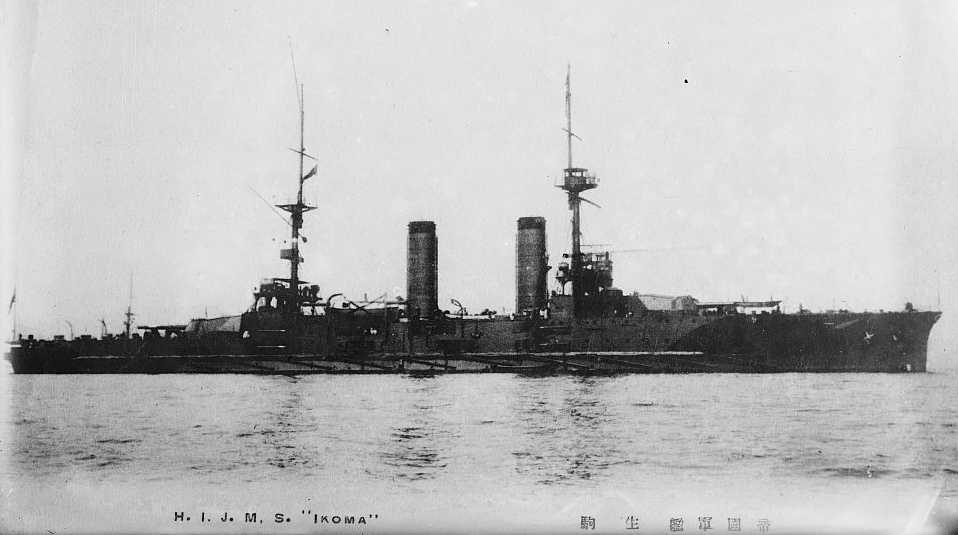
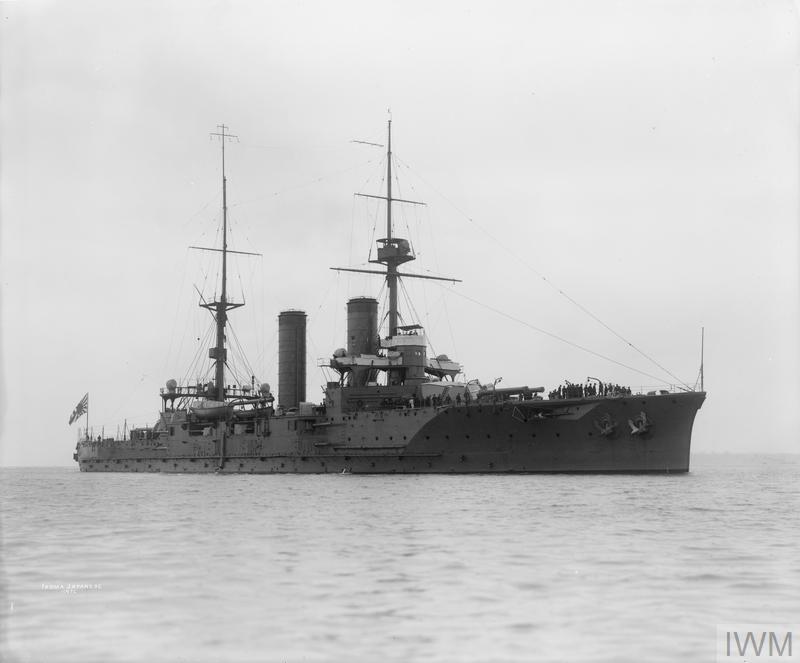
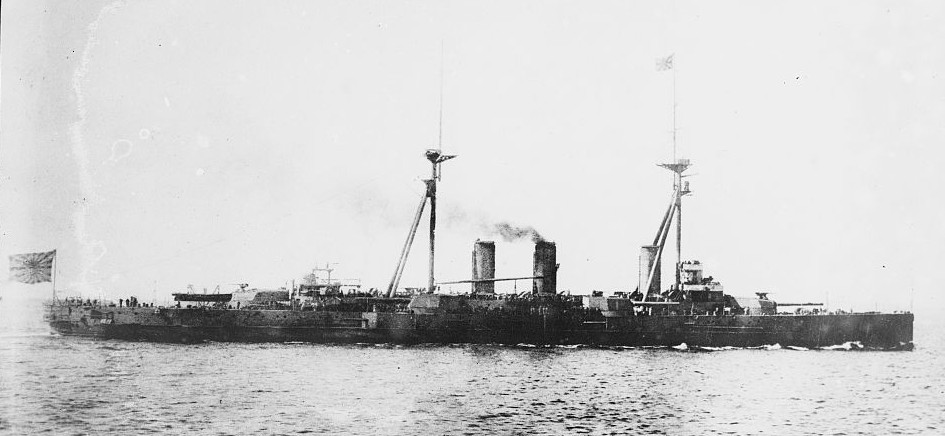
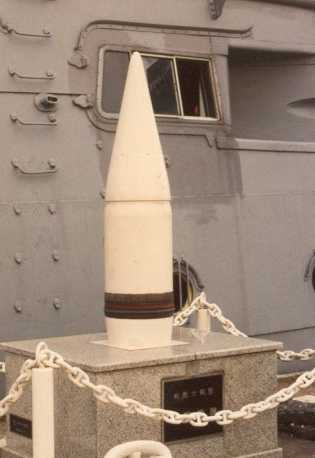
APC projectiles like these were not in use during the Russo/Japanese War. See 12"/40 datapage for a photograph of projectiles used during that war.
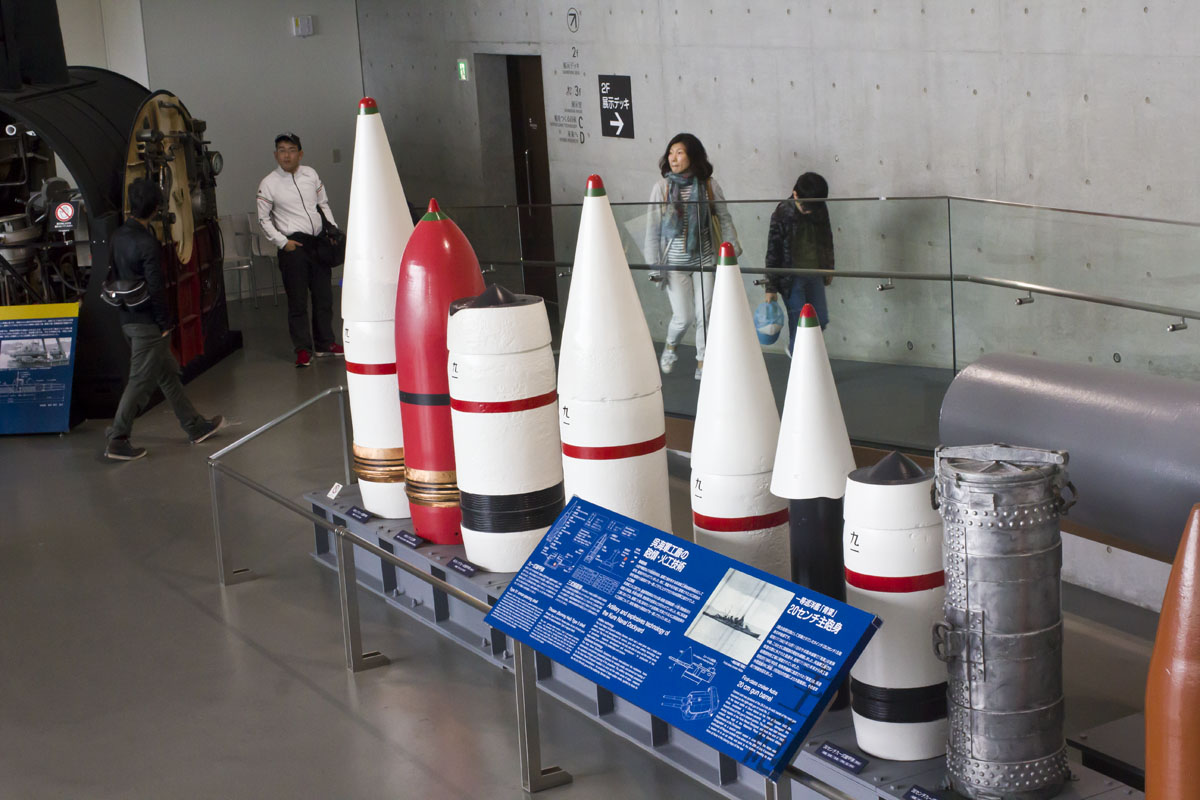
From left to right:
Type 91 46 cm AP shell
Type 3 46cm Shosan shell (sankaidan shell)
Type 91 46 cm AP shell body
Type 91 41cm AP shell
Type 91 36 cm AP shell
Type 91 36 cm ballistic cap
Type 91 36 cm AP shell body
Type 91 36 cm AP shell powder canister
30 cm main gun shell.
"Battleships of the World: 1905-1970" by Siegfried Breyer
"Naval Weapons of World War Two" by John Campbell
"The Big Gun: Battleship Main Armament 1860-1945" by Peter Hodges
"Warships of the Imperial Japanese Navy, 1869-1945" by Hansgeorg Jentschura, Dieter Jung and Peter Mickel
---
US Army Report "Survey of Japanese Seacoast Artillery, 1946"
---
"Japan Saves the Mikasa; Battleship Sunk at Sasebo Nearly a Year Ago at Last Refloated" article in The New York Times dated 8 August 1906
---
British Naval Heritage in Micronesia: Tangible evidence of the armament trade from 1890 to 1937 by Dirk H.R. Spennemann
---
Iki fortress Kurosaki Fort
09 May 2008 - Benchmark
11 May 2009 - Replace poor side view photograph of Settsu with a better one of Kawachi, added photograph of Ikoma
30 June 2012 - Added gun details and information about use as coastal artillery
26 April 2014 - Adjusted link for Iki fortress to Wayback Archives
01 November 2015 - Added projectile photograph
02 December 2015 - Changed Vickers Photographic Archive links to point at Wayback Archive
02 November 2016 - Converted to HTML 5 format
13 August 2019 - Added IWM photograph of Ikoma, reorganized notes
05 February 2022 - Added note about Japanese rearmament of captured Russian ships
28 May 2022 - Corrected typographical error and noted replicas on Mikasa
01 February 2024 - Corrected date of armament removal from Mikasa
